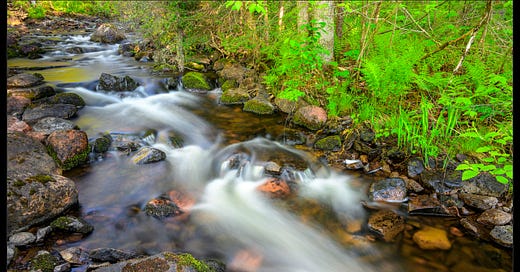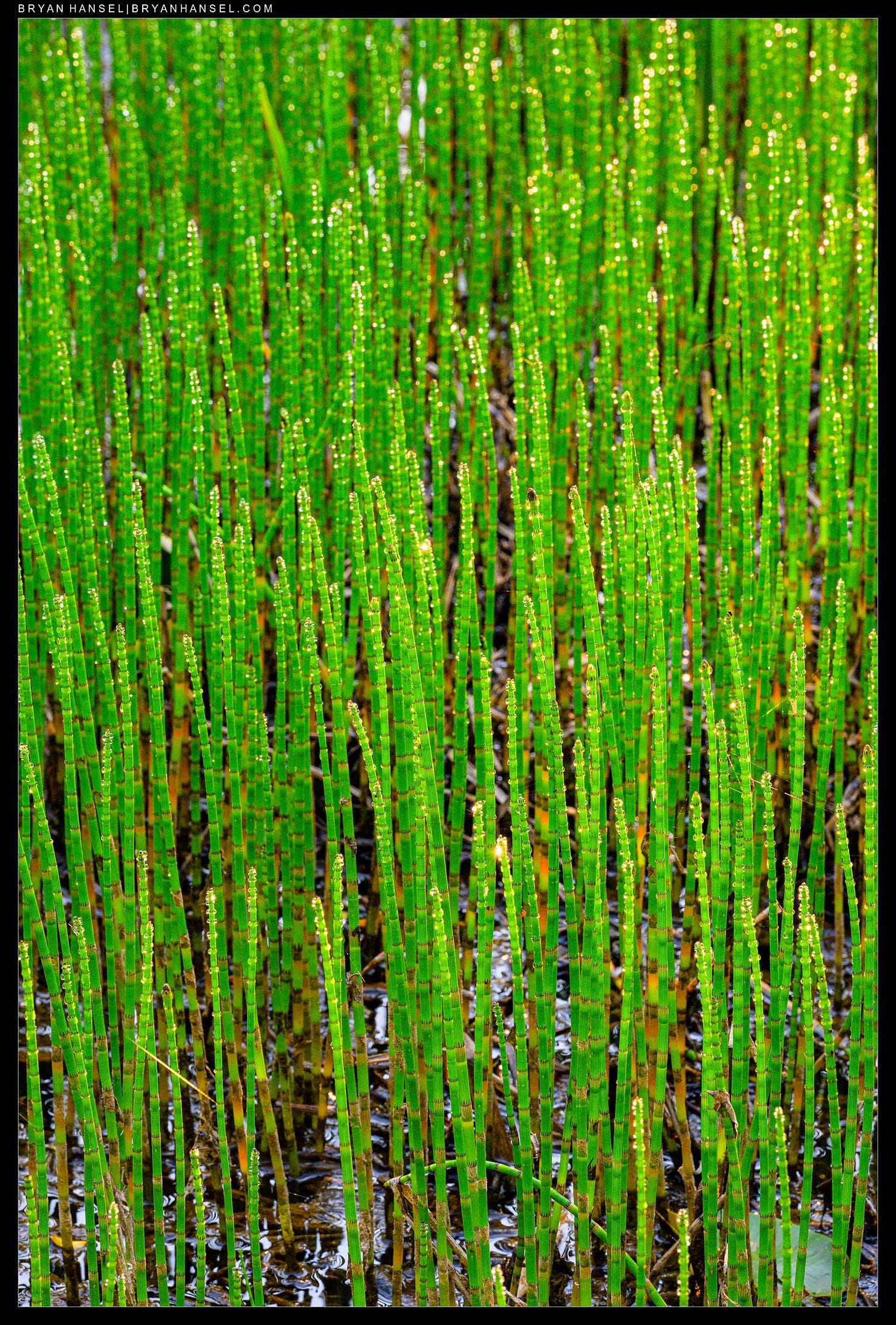Before I get to this week’s essay, which is about planning a morning photo shoot, I want to mention that right now the Senate via the budget reconciliation process is planning to sell off 3,000,000 acres (yes, 3 million acres and the way the bill is written, it may require selling off up to 120 million acres and here’s the map) of your public land in 12 western states. These are lands that we photograph, that we recreate on, and that are some of the most easily accessible lands — the ones that you want to visit when traveling to the western states and the ones that you see from your hotel room and houses if you live there. Tell your Senators that this isn’t okay. Tell them that the vast majority of Americans don’t support selling of our public lands. Once they are sold, they will be fenced off from you and from me. These lands and your lands, and these lands are my lands. Don’t let them do it. It’s best to call. But you can also take action via the Outdoor Alliance. These lands were made for you and me.
Just one Morning
Just one morning doesn’t seem like a lot of time, but it is.
Let’s say that we have four hours and sunrise is at 5am. We arrive at the parking lot at 4am and start the hike to our sunrise shot. It’s about 10 minutes, and we get set up about 40 minutes before sunrise to take advantage of the colors of dawn.
Sometimes the colors of dawn are better than the colors of sunrise. The same can be said for sunset except after the sun sets. In an ideal world, we’d be ready to go at about 45 minutes before sunrise, and sometimes that can be too late for the best colors.
I’m going to use photos from one morning. Here’s an example of the colors of dawn about 40 minutes before sunrise. The colors of the sky were muted due to a layer of wildfire smoke.
On this morning, the colors of dawn were much better than the colors of sunrise. The Canadian wildfire smoke was making sunrise look like Mars. I didn’t care for it, but it gave me time to try out a few different compositions and see where and how the light would look after the sun broke the horizon. I think in the future, I could do something with this composition, especially later in the year when the sun rises further to the south.
Don’t just walk away to the car after sunrise. There’s usually a lot left to photograph. I’ll often look for detail shots of vegetation, or if it is winter then ice. If you’re near a lake, it’s the morning dew that you’re hoping for.
On this morning, I got it on the horsetails. With the low angle sidelight of morning, the dew and horsetail seemed to glow.
Then I’ll try and see if the low angle light is lighting up the scenery in a way to makes it stand out. My attention was grabbed by the weird wildfire orange of the scene. Had I had a longer lens with me, I would have tried to get a loon shot as well.
We’re now at about two hours after the first shot I showed above.
Before the sun rises too high in the sky, I like to squeeze in a visit to a waterfall or a small stream with rapids. Getting there while the stream is still in the shadows makes for a better shot. Otherwise, I try to shoot details of the rapids that are completely in the shadow or completely in the sun.
This was taken about three and a quarter hours after the first photo.
As the sun started to filter through the trees, the stream shot was over. But, I was able to squeeze in a photo of ferns getting kissed by the early morning light. It isn’t my best fern photo ever, but it’s nice.
Fortunately (or not depending on your perspective) just one morning takes at least that morning and one other midday. During the midday of the day before, I like to scout out locations for the next day. I’m looking for two things: a sunrise spot and a shaded stream spot. I want them to be close together if possible.
Once I have those two locations, then I can see what catches my eye between the two.
Until next time
This is a good way to plan for the perfect morning, but what morning isn’t perfect when you get to be outside. I hope that you enjoyed this issue, and I’ll see you again in two weeks.
Here are the parting shots. I’ve added DXO’s Nik 8 Color Efex plugin to my infrared photography workflow. I do my conversions, basic edits in Lightroom first, and then I jump into Color Efex. I pick a preset. I’ve been liking the Clarity Bump preset. Then I’ll use the Correct Color Cast slider to refine the look and remove any overall casts left over from the conversion process. After that, it’s back to Lightroom for local adjustment masks. This works as a plugin to Lightroom, so when I return to Lightroom the file is automatically there.
Here’s an example: the first photo is edited with Nik 8 and the second one isn’t.
I have a discount code for you, too. Get 15% off when using the code “HANSEL15”. I also get a small commission when you use it.











Thank you for sharing your process and planning. Love what the Nik 8 did to your lighthouse photo!
Always appreciate the inspiration. Can you share gear and exif?